Venezuela, a country located in South America, stands out for its natural attractions such as orchids. The orchid species Cattleya Mossiae was named the National Flower of Venezuela, becoming an ornamental symbol for the country. If you are looking for information about Venezuelan Orchids in this content you will find what you need.
In this article we will explain the characteristics of the Venezuelan Orchids, we will talk about the famous National Flower and you will know all the kinds of orchids that are distributed in the country. Also, we mention the varieties and care of Venezuelan Orchids, so you can have the most beautiful Cattleya and enjoy their blooms every year.
Table of Contents
Characteristics of Venezuelan Orchids
Below, we explain the characteristics you did not know about Venezuelan orchids:
Venezuelan orchids are one of the oldest species in the country and the world, it is an epiphytic plant that is distributed throughout the Venezuelan territory. The main characteristic of Venezuelan orchids is their flowers that stand out for their beautiful purple, lilac, pink or white color.
Like other species of orchids, it has a labellum, two petals, and three sepals, its flowering usually occurs in early May or April in spring. It is an orchid easy to cultivate and that propagates quickly due to its flowering, which exposes the labellum attracting pollinators to it (bees, wasps, flies).
One of the characteristics of its flowering is that it opens completely leaving a variety of seeds that contribute to its reproduction. The flowers of Venezuelan Orchids are about 14” (35 cm) long and have a greenish-colored leaf.
Venezuelan orchids are hermaphrodite reproductive plants, that is, they do not need another plant for reproduction but use their organs to achieve fertilization. In hermaphrodite reproduction, all the pollinating insects play an important role, since they can multiply the species.
Venezuela is one of the countries with more than 1000 confirmed species of Cattleyas orchids and is currently considered one of the countries with a wide distribution of orchids throughout the Venezuelan territory. As mentioned, they are easy to cultivate, because they are well adapted to climatic conditions and can be found in any nursery.
Venezuelan orchids have pseudobulbs that function as a storage of nutrients for the plant, we can identify the pseudobulbs in the buds that are found in the lower part of the orchid.
The National Flower of Venezuela: Cattleya Mossiae
The Cattleya Mossiae was declared the National Flower of Venezuela on May 23rd, 1951 by the president of that time, German Flamerich. It is also known as the Flower of May because since the XIX century it was used to decorate the Feast of the Crosses as a rite of celebration of the invention of the Holy Cross.
After a long process of four years for the declaration of the Cattleta Mossiae this orchid became one of the national symbols of Venezuela together with the Turpial and the Araguaney.
The Venezuelan Society of Natural Sciences was in charge of the decree of the Cattleya Mossiae as the National Flower of Venezuela. After verifying that the orchid fulfilled certain requirements for the declaration, such as; being recognized by the country, having Venezuela as its only place of birth, and for its spectacular beauty, they decided to name it.
The National Flower of Venezuela Cattleya Mossiae received this name in homage to the famous botanist William Cattley who in the year 1818 was able to make the first cultivation of this orchid in a greenhouse. The Cattleya Mossiae orchid is distributed throughout the national territory in the following states: Carabobo, Bolivar, Sucre, Mérida, Miranda, Portuguesa, among others. In addition, it is spread throughout the Coastal Mountain Range.
The National Flower of Venezuela stands out for its colors that have a combination between lilac and pink. In the labellum of this orchid, we can appreciate that it has orange and yellow spots, these colors give it a different appearance and transmit the natural beauty of the country.
The Venezuelan Orchids genus Cattleya is located in South America, it is a plant that attracts the attention of all people and over the years has become a significant symbol for Venezuela.
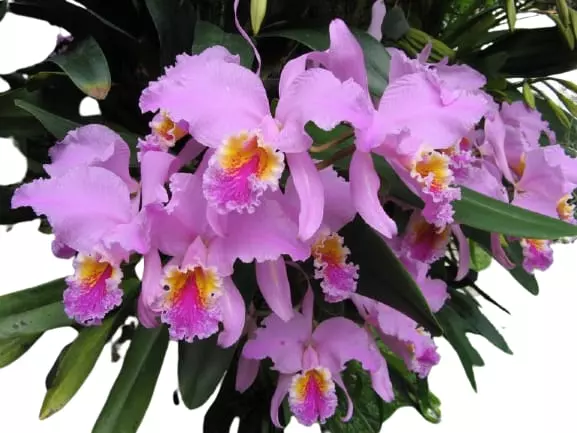
Venezuelan Orchids Types
Learn about the different types of Venezuelan Orchids:
Epiphytic Orchids
Most Venezuelan Orchids are epiphytic plants, they generally grow in the treetops where they can receive all the necessary lighting for their development. It is necessary to clarify that although they are found in the trees, they do not feed on them, since they only use them as support during their development.
Epiphytic orchids acquire all their nutrients and food from environmental conditions such as rain and humidity. They also have a storage organ that will be in charge of absorbing nutrients and water in case it is necessary for the plant to survive in times of drought. The species of epiphytic orchids in Venezuela are the Cattleya and Brassavola.
Lithophyte Orchids
Another of the orchids that can be found in Venezuela are lithophyte plants or as many know them, semi-terrestrial. This type of orchid grows on rocks and is characterized mainly by being resistant to temperature changes.
Through their roots, they can obtain all the nutrients for their growth. Lithophyte orchids require high humidity to survive and propagate thanks to their pollinators.
Venezuelan Orchids Species and Varieties
Know all the species and varieties of Venezuelan orchids that you can find:
Catlleya jenmanii
Catlleya jenmanii is an epiphytic orchid characterized by its white flowers, it has a short inflorescence and has pseudobulbs for nutrient storage. It is a small plant located in Venezuela and Guyana.
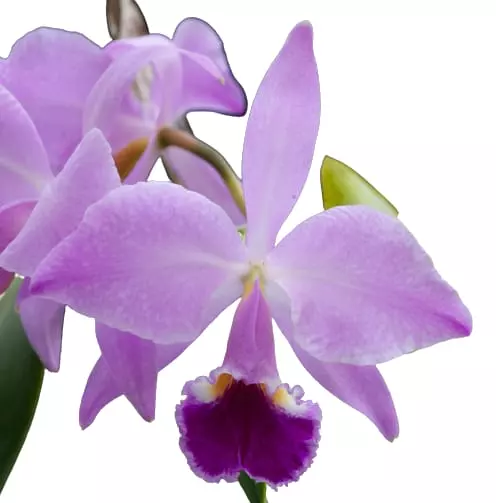
Cattleya lawrenceana
One of the orchids that we can find in Venezuela is the Cattleya lawrenceana, it blooms during the spring and stands out for its purple flowers. In addition, it has terminal inflorescence and is an epiphyte plant.
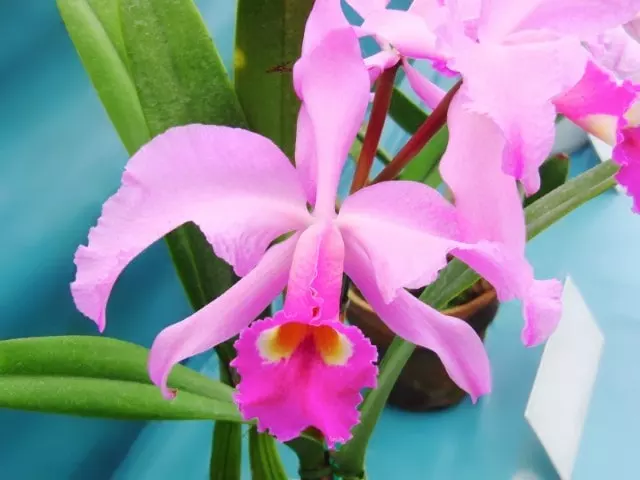
Cattleya gaskelliana
The Cattleya gaskelliana is a plant that is located in Venezuela and Colombia, has flowers of an intense purple accompanied by a whitish hue. Cattleya gaskelliana has few flowers, is a medium-sized plant, and epiphyte class.
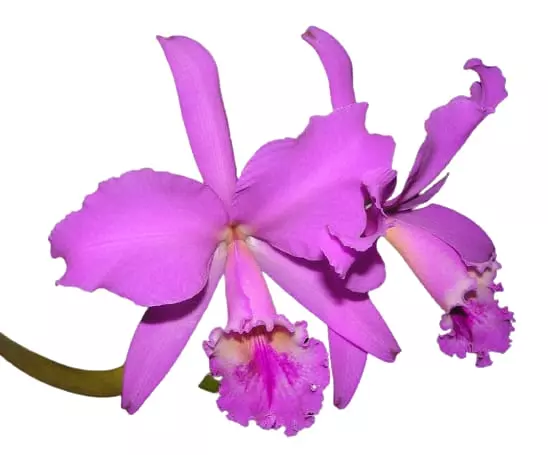
Brassavola
The Brassavola orchids genus is another of the most popular orchids of Venezuela, they can be epiphytic or lithophytic plants. The inflorescence of this plant is in clusters, it has a pleasant aroma and its flowers are white.
Here is a link where you should be able to get a quality Brassavola (Order it here).
No products found.
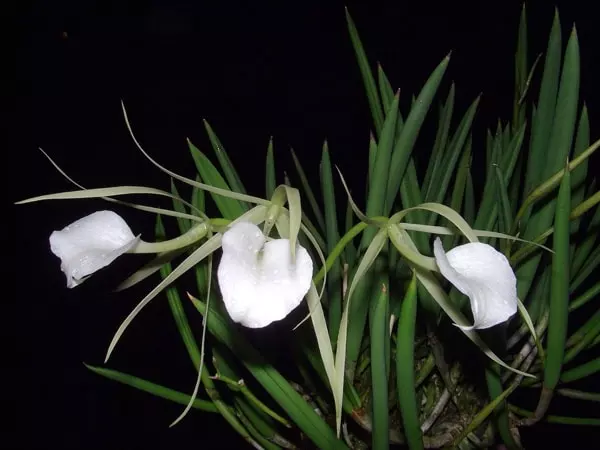
Care of Venezuelan Orchids
Next, we explain all the care for Venezuelan Orchids:
Learn more about Best Soil for Orchids and How to Fertilize Orchids.
How to Grow Venezuelan Orchids
For the cultivation of Venezuelan Orchids, it is essential to use a transparent pot (Order it here) or a tree trunk in case it is an epiphytic plant such as the Cattleya genus. In addition, it is necessary to look for a good substrate for the cultivation, preferably with coconut fiber (Order it here), since it contains a great number of nutrients that will be beneficial for our orchid.
Another aspect that you must take into account for the cultivation is the illumination, you must place it near the window or in a place where it can receive sunlight reflections. All Venezuelan orchids, regardless of the genus they are, need illumination and ventilation.
The Cattleya orchid is a plant that goes through a process of rest in mid-October until its flowering which takes place in the spring, in this time of rest is not recommended to use any type of fertilizer or fertilizer simply should be maintained risks.
As for temperatures, they vary depending on the time of year, during the day temperatures should range between 64°F and 77°F (18°C and 25°C), at night they should not fall below 50°F (10°C). In hot seasons, such as summer, they can withstand temperatures up to 86°F (30°C).
Remember to keep your plant in conditions as close as possible to its natural habitat, use fertilizers, do not water it excessively, and ensure its good development (Order it here).
If you still want to learn much more about Venezuelan Orchids you should read this book (Order it here).
- Hardcover Book
- G. C. K. Dunsterville (Author)
- English (Publication Language)

